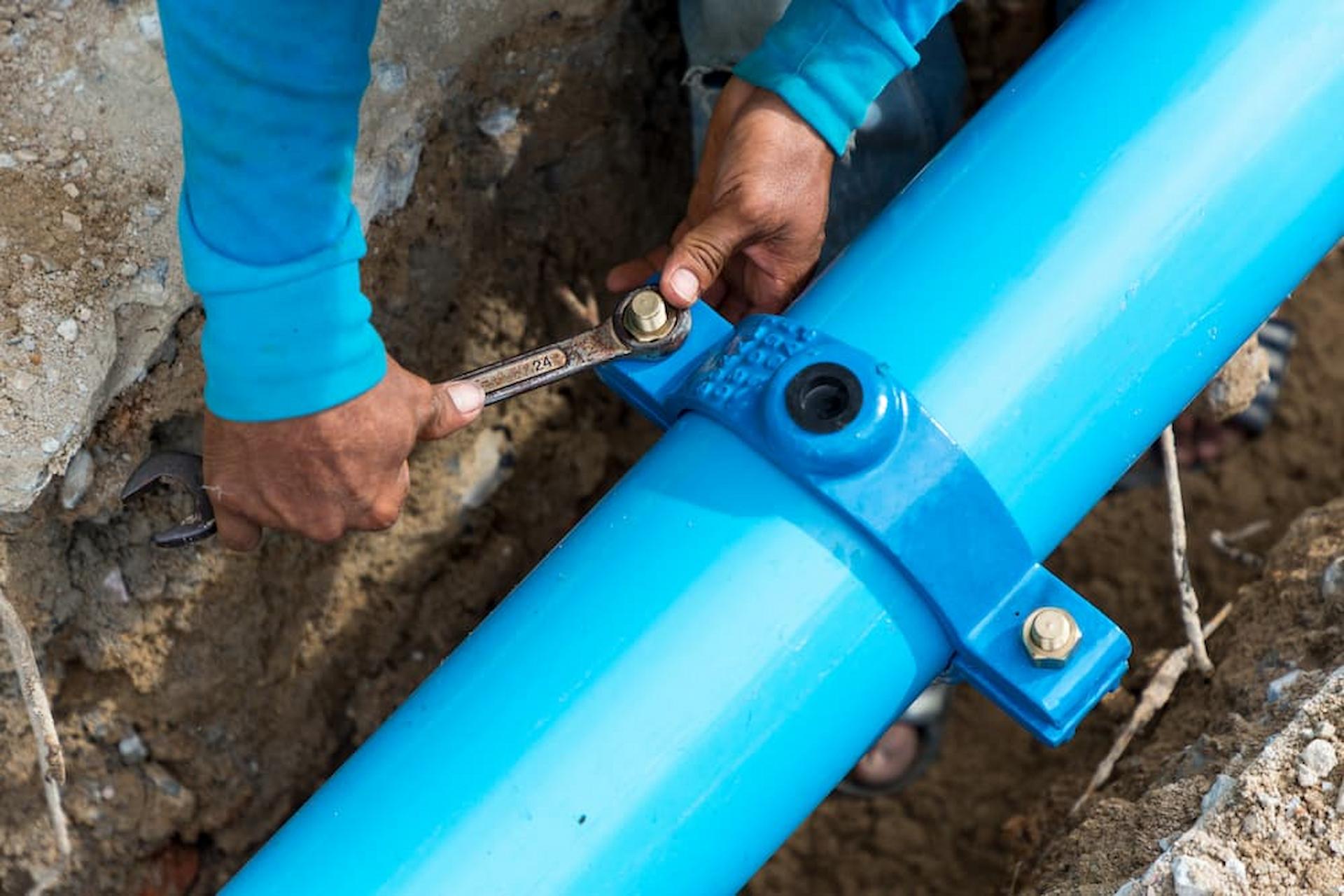Water main leaks can cause significant damage and costly repairs if not addressed promptly. Learn how to detect these leaks effectively using the latest techniques and tools.
Water mains leaks are a serious issue that can lead to substantial property damage, increased water bills, and environmental concerns. It is imperative to promptly detect these breaches to reduce the repair cost and extent of damage. This comprehensive guide will explore various techniques and tools used in water mains leak detection, providing valuable insights on tackling this challenge effectively. From traditional methods to advanced technologies, we will cover everything you need to know to ensure your water system remains intact and efficient.
Exploring Water Mains Leaks
Before discussing detection techniques, it’s essential to understand water mains leak detection and why leaks occur. Water mains are large pipes that transport water from the supply source to various locations in a community or property. Over time, these pipes can develop leaks due to corrosion, ground movement, or physical damage. Earlier detection of these breaches facilitates the prevention of water waste, structural damage, and costly repairs.
Water main leaks can manifest in various ways, including visible puddles, unexplained wet spots, or reduced water pressure. Recognising the signs and understanding the causes will help select the most effective detection methods.
Acoustic Leak Detection
Acoustic leak detection is a widely used method that involves listening to the sound of water escaping from the pipe. This technique relies on the principle that leaking water generates distinct noise frequencies that can be detected using specialised equipment. Acoustic sensors or listening devices are placed on the ground or pipe surface to capture these sounds.
The most common tools used in acoustic leak detection include:
- Hydrophones: These are underwater microphones that detect the sound of water escaping from a leak.
- Geophones: These are ground microphones that pick up vibrations caused by leaks.
- Acoustic Correlators: These devices analyse sound waves from multiple sensors to pinpoint the leak’s location.
Acoustic detection effectively identifies leaks in various environments, including residential, commercial, and municipal water systems. However, it may require expertise to interpret the sounds accurately and differentiate between natural and leak-related noises.
Infrared Thermography
Infrared thermography is a non-invasive technique that uses thermal imaging to detect leaks. This method relies on the principle that water leaks cause temperature variations on the surface above the leak. Using an infrared camera, you can capture thermal images of the area and identify abnormal temperature patterns.
Key benefits of infrared thermography include
- Non-destructive: It doesn’t require digging or disturbing the ground.
- Quick Results: Provides immediate visual evidence of temperature changes.
- Versatile: Can be used for various applications, including building inspections and pipe systems.
To achieve accurate results, ensure the inspected area is dry and free from external temperature influences. Infrared thermography is useful for detecting leaks in inaccessible areas or hidden pipes.
Pressure Testing
Pressure testing involves assessing the water pressure within the mains to identify leaks. This technique requires isolating sections of the water system and monitoring pressure changes over time. A significant pressure drop suggests the presence of a leak.
There are several types of pressure testing methods
- Static Pressure Testing: Measures the water system’s pressure when no water flows. A drop in pressure over time suggests a leak.
- Dynamic Pressure Testing: Measures pressure changes while the system is in use. This method helps identify leaks that occur under operational conditions.
Pressure testing is effective for detecting leaks in large water mains and can be combined with other techniques for more accurate results. However, it may not pinpoint the exact location of the leak, requiring further investigation.
Dye Testing
Dye testing is a simple yet effective method for detecting leaks. It involves introducing a coloured dye into the water system. The dye travels through the pipes and is visible at the leak site, helping pinpoint the problem’s exact location.
To perform dye testing
- Choose a Dye: Select a non-toxic, visible dye that contrasts with the water colour.
- Introduce the Dye: Add the dye to the water system at a known point.
- Observe: Monitor the area for the presence of coloured water, which indicates a leak.
Dye testing is particularly useful for small-scale systems and can be performed quickly. However, it may not be suitable for all types of pipes or environments, and the dye may need to be thoroughly flushed out after testing.
Smart Leak Detection Systems
Intelligent leak detection systems are advanced solutions integrating technology to monitor and identify water mains leak detection in real time. These systems use a combination of sensors, data analytics, and machine learning to provide accurate and timely leak detection.
Features of intelligent leak detection systems include
- Real-Time Monitoring: Continuously tracks water flow and pressure to detect anomalies.
- Automated Alerts: Sends notifications when a potential leak is detected.
- Data Analytics: Analyzes historical data to predict potential leak locations and patterns.
Intelligent leak detection systems are ideal for large properties or municipal water systems where manual detection methods may be impractical. They offer a proactive approach to leak management, reducing the risk of severe damage and minimising repair costs.
Final Thoughts
Detecting water mains leaks is essential for maintaining the integrity of your water system and preventing significant damage. By combining traditional and advanced techniques, you can effectively identify and address leaks before they become substantial problems. Acoustic leak detection, infrared thermography, pressure testing, dye testing, and intelligent leak detection systems offer unique advantages, depending on your specific needs and circumstances.
By staying informed about the latest detection methods and tools, you can ensure your water mains remain in optimal condition, saving you time, money, and hassle in the long run. Whether you are a homeowner, property manager, or municipal planner, implementing these leak detection strategies will help you maintain a reliable and efficient water system.

Leave a Reply